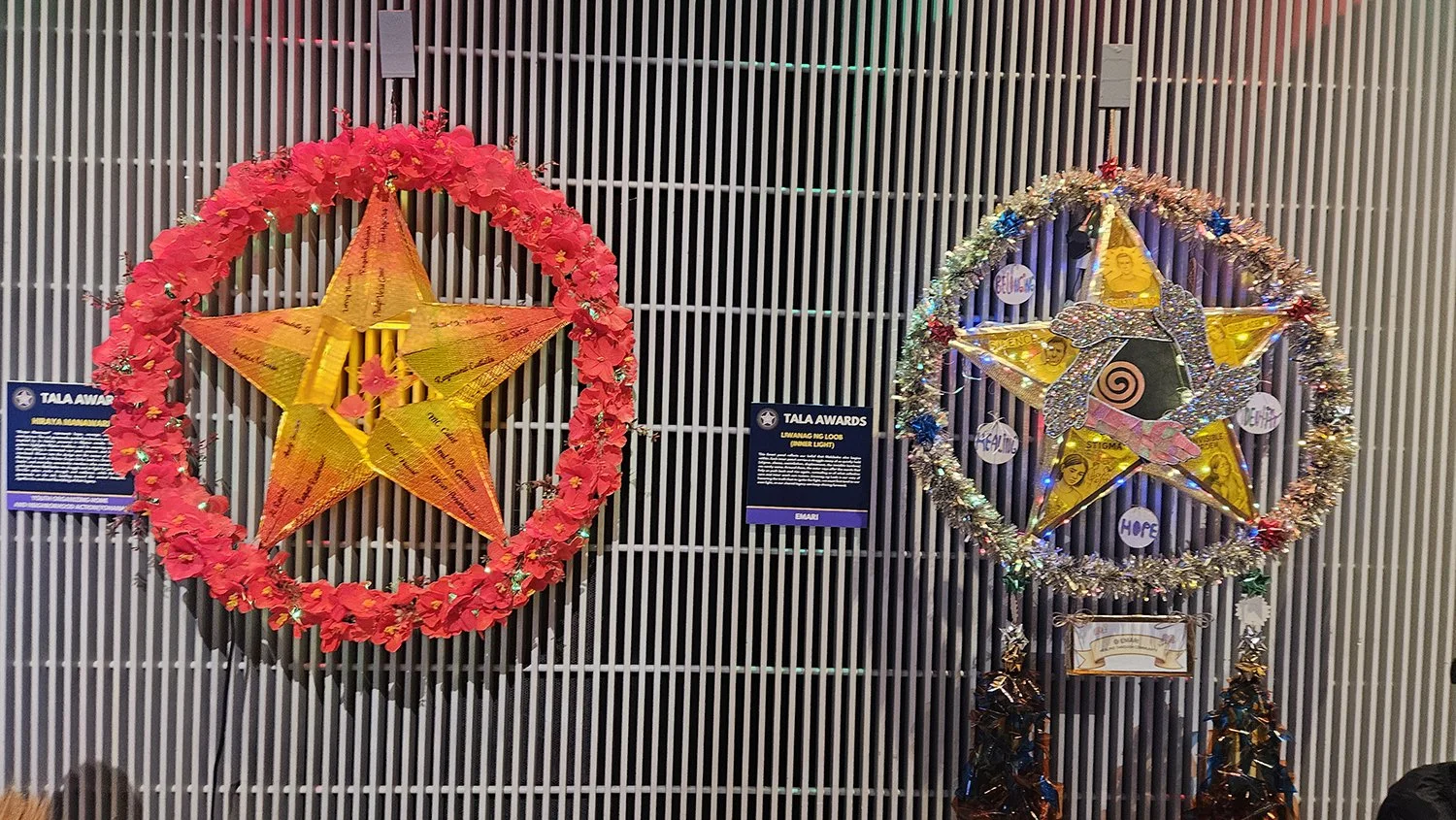Paradigm Shift
/President Diosdado Macapagal with a replica of the Aguinaldo Shrine at the Quirino Grandstand on June 12, 1962.
In our early elementary years, we were even taught the U.S. National Anthem (which we thought started out as "Jose can you see") and America the Beautiful, singing them in our classrooms like nursery rhymes. At that time, the flag ceremony that started our week in school involved singing the Philippine National Anthem in English. "Land of the morning/ child of the son returning/with fervor burning..." The Pledge of Allegiance too was recited in English and we, whose natural language was Tagalog, would let the words slide off our tongues without really understanding their meaning, in much the same way we recited the Our Father and the Hail Mary, where we merely memorized the sounds, not the words.
When then-President Diosdado Macapagal changed the celebration of Philippine Independence from July 4 to June 12, in 1962, we were baffled. June 12, 1898, the day General Emilio Aguinaldo declared the country's independence from Spain, was just too incomprehensible for us who were reared on the belief that the granting of independence by the Americans on July 4, 1946 should be the real celebration.
Unknown to most of us then, Aguinaldo and the veterans of the Philippine Revolution had always celebrated June 12, even after they surrendered to the Americans. The annual ceremony would take place in Kawit, Cavite where the actual Proclamation of Independence was publicly read in 1898 by Ambrosio Rianzares Bautista from the balcony of Aguinaldo's house. In 1940, they moved the celebration to the Luneta, with then-President Manuel Quezon as guest of honor. Quezon reportedly agreed to declare June 12 as an official holiday but the war started before he could do so.
It was not until 1960 that the National Historical Association petitioned the President and Congress to adopt June 12 as Philippine Independence Day. The petition was a result of the effort of Gabriel Fabella, a retired history professor of the University of the Philippines, who researched historical documents and determined that July 4 was not a date chosen by the Filipinos but by the U.S. Congress. Fabella pointed out that the celebration of the country's independence should be on the day it was declared by its people, not on the day it was recognized by a foreign power.
When the switch to June 12 happened in 1962, Aguinaldo was still able to attend the festivities as the guest of honor. Despite grumblings from certain quarters about the appropriateness of the date, that year's Independence Day celebration reportedly drew a crowd of "at least one million people," according to Macapagal, "whereas in previous celebrations on July 4, only from two to three thousand came." (According to the book, "100 Events That Shaped the Philippines," Macapagal also later wrote that the change of date was a result of the rejection by the U.S. House of Representatives of the $73 million additional war payment bill on May 9, 1962 which "caused indignation among the Filipinos.")
Looking back now, the date change was a propituous event because it triggered the slow weaning of the Philippines from the giant shadow of the U.S. For one thing, we started singing the National Anthem in Pilipino, a ritual that has been so ingrained in us that to this day, despite hearing it only very occasionally here in America, most of us could still sing it by heart. (In contrast, many of us have not really memorized the American National Anthem.)
“The celebration of the country’s independence should be on the day it was declared by its people, not on the day it was recognized by a foreign power. ”
The emergence of June 12, 1898 as a day of commemoration also encouraged among Filipinos a consciousness of the significance of the Philippine Revolution against Spain, a logical source of pride for a country so used to being colonized. It must have been around this time that the pro-American history books that have been standard fare in the schools were replaced by more nationalistic ones and subsequently, as more historical accounts about the ugly side of the American occupation of the Philippines emerged, the image of the U.S. as savior and benefactor began to crumble.
By the late 1960s, when the Filipino youth learned to stage massive demonstrations against government and "American imperialism," the nation was already in the throes of a love-hate relationship with the U.S. There was anger for sure, against the social and political costs of the U.S. bases, against the continuing subservience of Filipino politicians to U.S. demands, against the ingrained colonial mentality that had stymied the emergence of a truly Filipino national consciousness. Added to this was the unstinting support of the U.S. government for the Marcos government, which was then already becoming increasingly unpopular. Yet the "brain drain" happened in the 1960s and the early 1970s, bringing the biggest number of professional Filipinos to the U.S. as immigrants. And, like it or not, American culture will always be a significant factor in our consciousness.
This month as we celebrate the 124th anniversary of our homeland's triumph against Spain, let us also reflect on the other super-power that imposed its will on us under the legal cover of the Treaty of Paris on December 10, 1898. Despite its being glossed over by the biased history books of our youth, the Philippine American War that ensued was fierce and brutal but it also displayed in full measure the Filipinos' capacity for heroism in defense of the country's sovereignty. Would that we will always be so proud.
This is an updated version of the original column in Filipinas magazine, June 2003.




